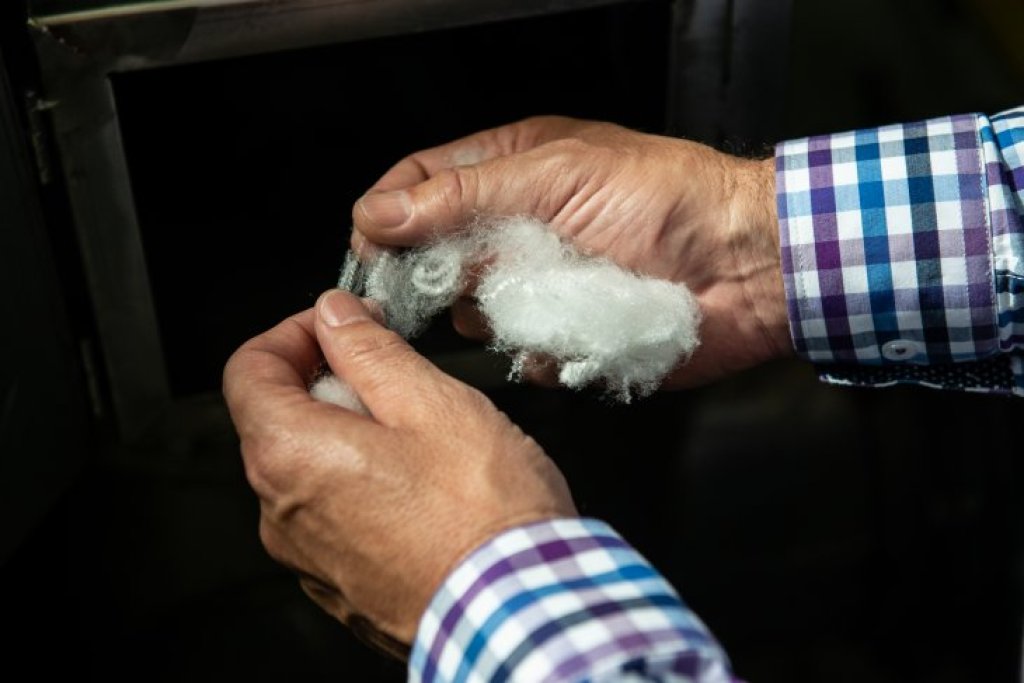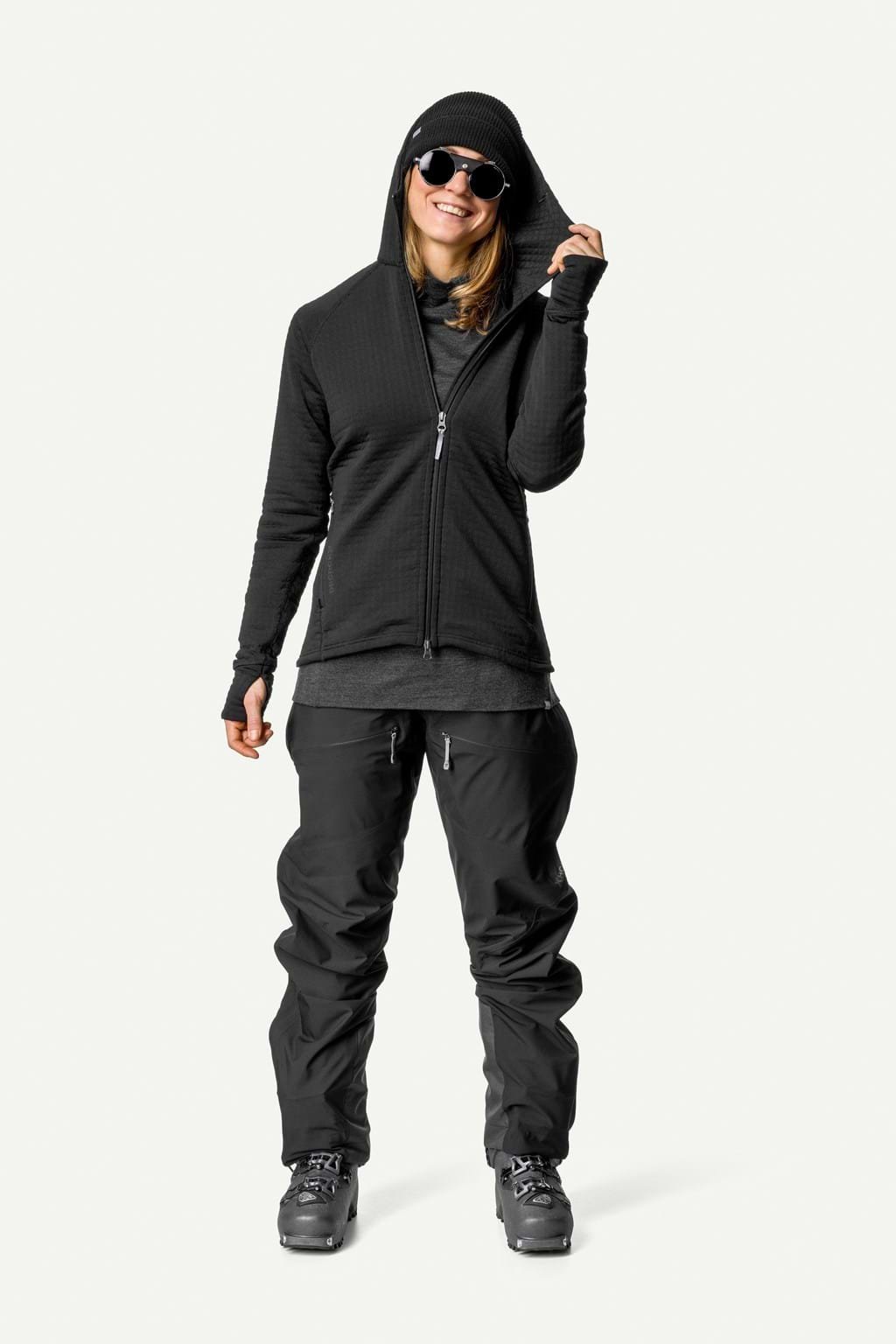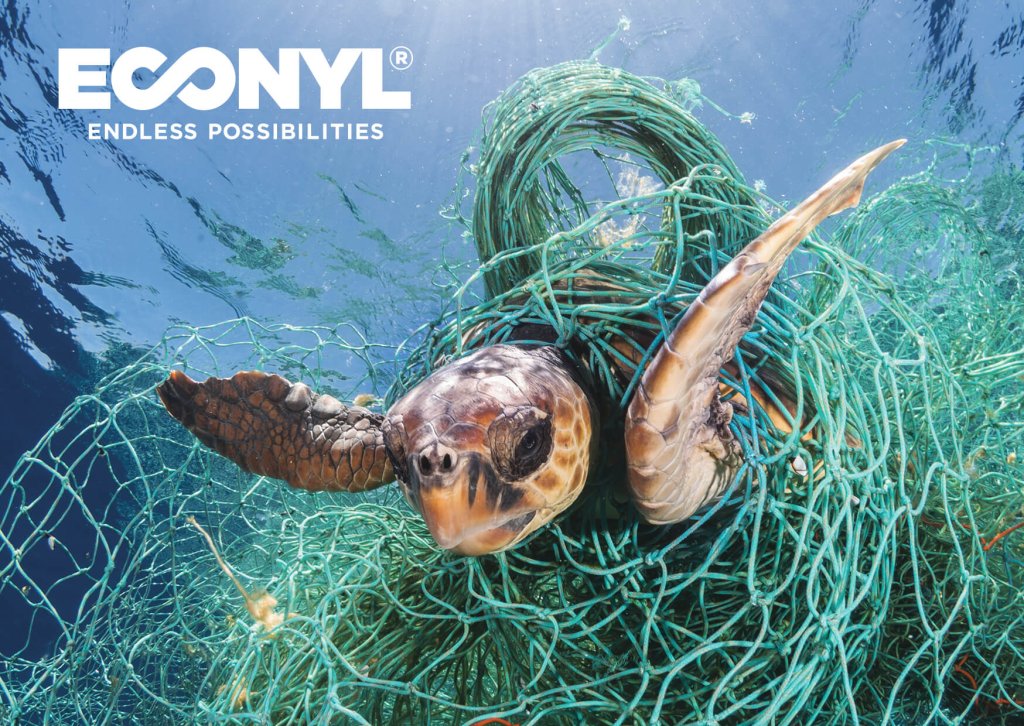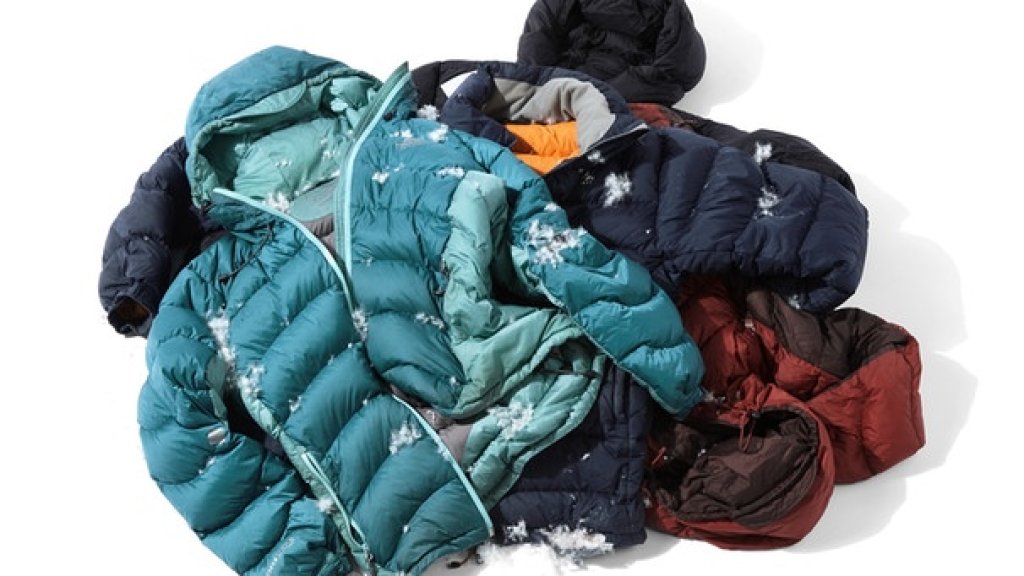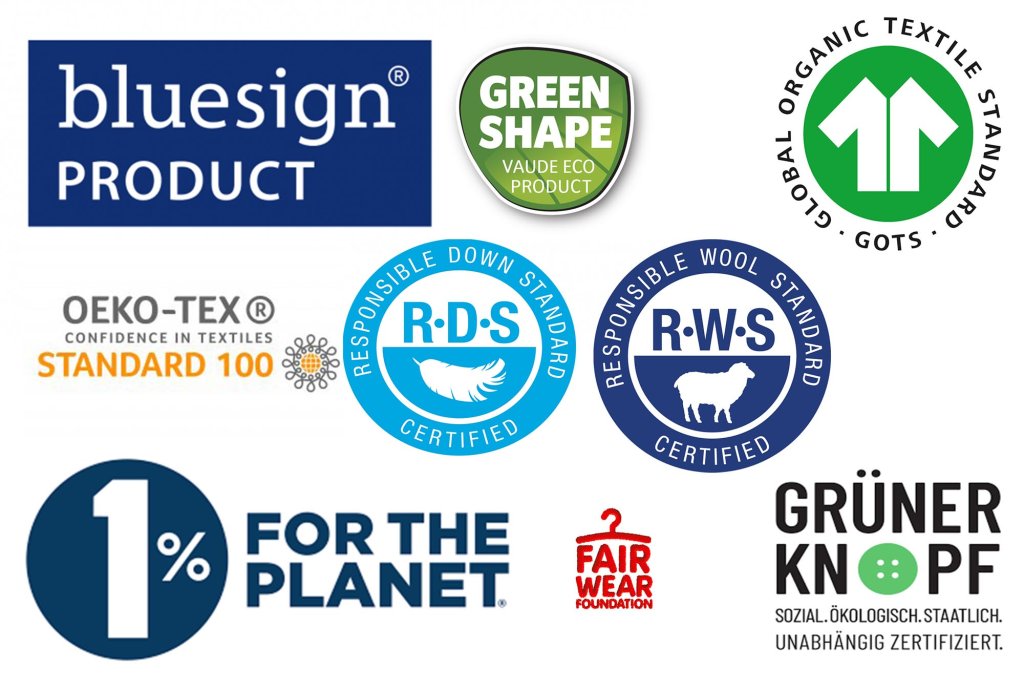Primaloft
Primaloft fibers consist of polyester microfibers. These store larger amounts of air, which means they offer greater thermal performance and feel softer. While the fibers were initially made from virgin polyester, Primaloft introduced insulation made from 100% recycled polyester for the first time in 2018. In 2019, the US manufacturer then extended the lifespan of the products even further: Primaloft Bio is the first synthetic fiber made from 100% recycled material that is fully biodegradable and renewable in the sense of a true circular economy. In the so-called circular economy, the focus is on minimizing waste and recycling raw materials and the model is considered a sustainable alternative to the classic linear economy. So far, no manufacturers have included the new insulation in their products, but it is set to be available for the next winter season.
Primaloft also recently announced its partnership with Parley for the Oceans. Parley for the Oceans is a global network that brings together manufacturers and decision-makers from a wide range of industries to raise awareness of the beauty of the oceans and the threats they face. The partnership between the two now aims to turn plastic waste collected from beaches and coastlines around the world into insulation materials. In addition, Primaloft says it intends to implement Parley's A.I.R. (Avoid. Reflect. Redesign.) strategy in the future to further reduce its own plastic footprint.
Polartec
Who didn't have one of those classic fleece sweaters as a child? Cozy and made purely from synthetic materials. Who invented it? That's right: Polartec. Polartec became famous thanks to its early collaboration with Patagonia. The US company is constantly working on new fabric technologies and was an early adopter of recycled materials. Today, Polartec mainly produces functional fabrics for base layers, insulation and weather protection. In 2019, the company also committed to using recycled and biodegradable materials across its entire product line as part of its Eco Engineering program. In collaboration with two material specialists, Unifi and Intrinsic Advanced Materials, Polartec wants to develop fully recycled and biodegradable fleece fabrics and breathable, waterproof membranes and insulation fillings.
In addition, Polartec is aware of the problem of microplastics and has therefore set about developing another fabric: Polartec Power Air. The functional fiber promises excellent heat retention and, above all, five times less fiber loss than other premium midlayer textiles. Polartec's aim was to develop a more environmentally friendly knitted construction. The first version is similar in construction to bubble wrap with a grid structure on the inside that provides heat retention and breathability. The smooth outer surface reduces resistance and prevents pilling. The fabric is also made from recycled materials such as PET bottles and is used by manufacturers such as Adidas, Mammut and Houdini.
